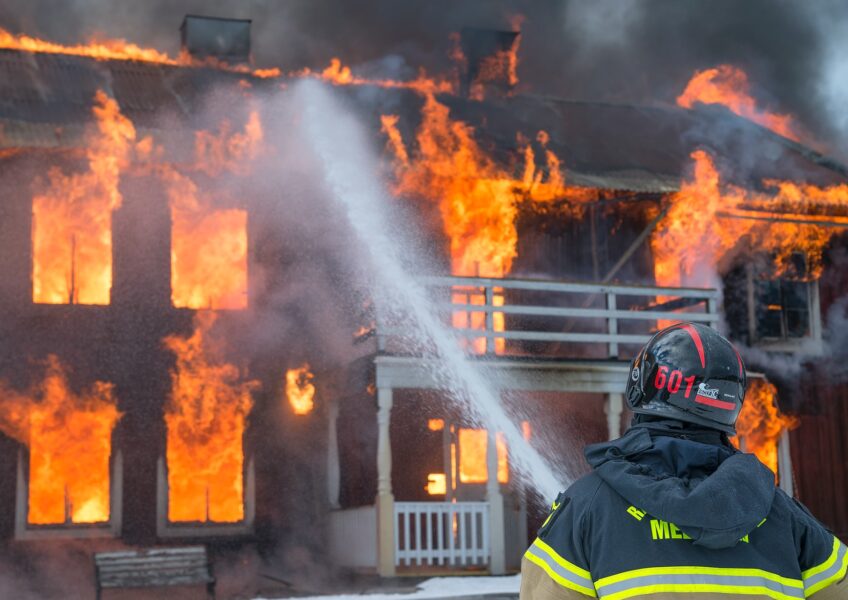Fire-Resistant Materials and Their Importance in Building Integrity
Introduction to Fire Safety in Construction
Fire resistance is a critical component in building design, playing a major role in protecting both the structure itself and the lives within. The choice of materials during the construction phase can have a substantial impact on the building’s ability to withstand a fire, making it an essential consideration for engineers and architects.
The Role of Fire-Resistant Materials
Materials that resist ignition or slow the spread of flames are key to fire prevention and control. From fire-retardant coatings to inherently non-flammable substances, these materials form passive fire protection systems that safeguard a building’s structural integrity and provide occupants more time to evacuate in case of an emergency.
Case Studies of Fire Resistance in Action
Examining buildings that have survived fires due to the use of fire-resistant materials provides valuable lessons in construction safety. Such case studies highlight the difference between minor damage and catastrophic failure, underscoring the importance of choosing the right materials for fire prevention and containment.
Conclusion
Incorporating fire-resistant materials into construction is not just a building code compliance issue; it’s a moral imperative to ensure the safety and longevity of the structures we inhabit. This post delves into the pivotal role these materials play in building integrity, offering a testament to the advances in construction safety.




